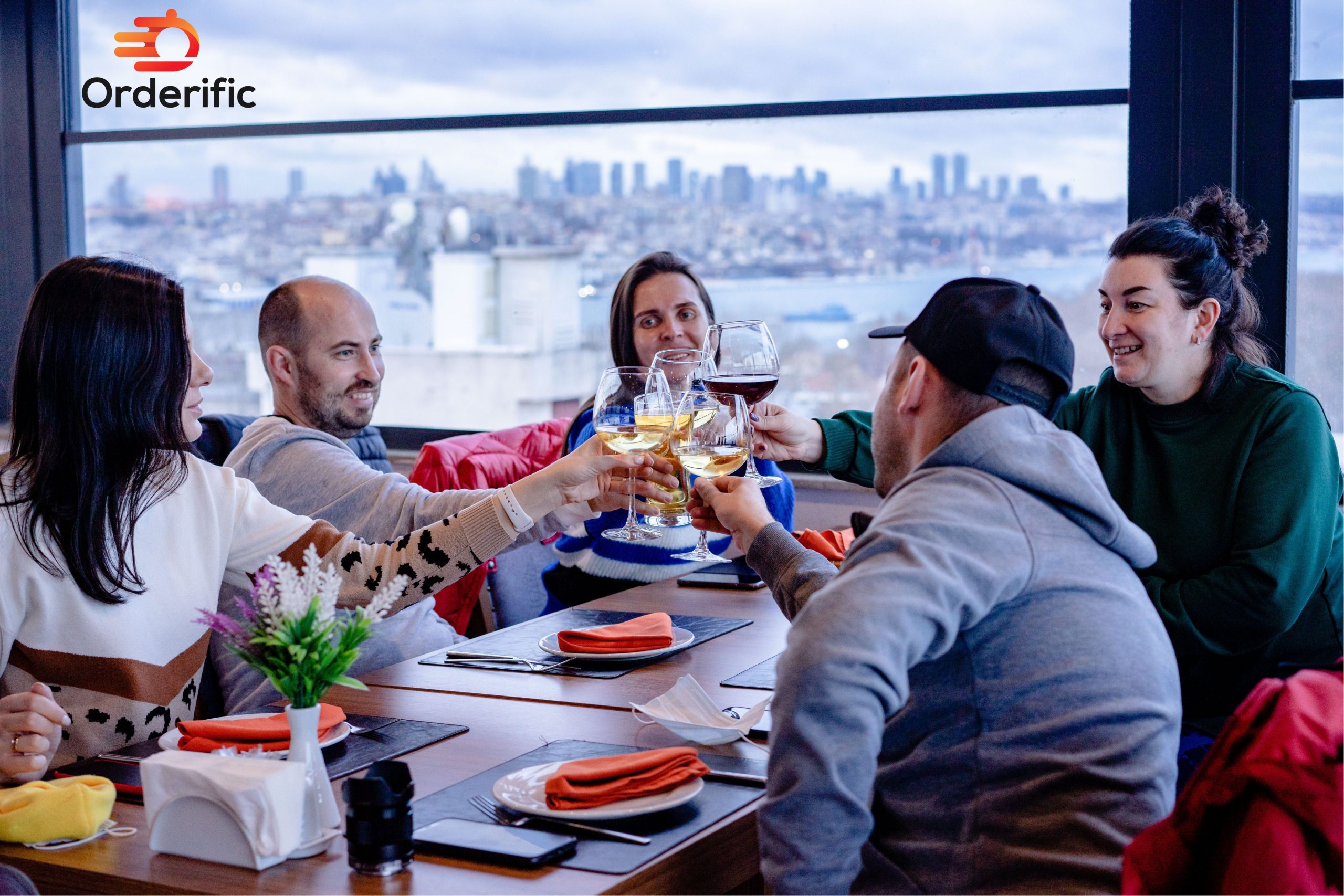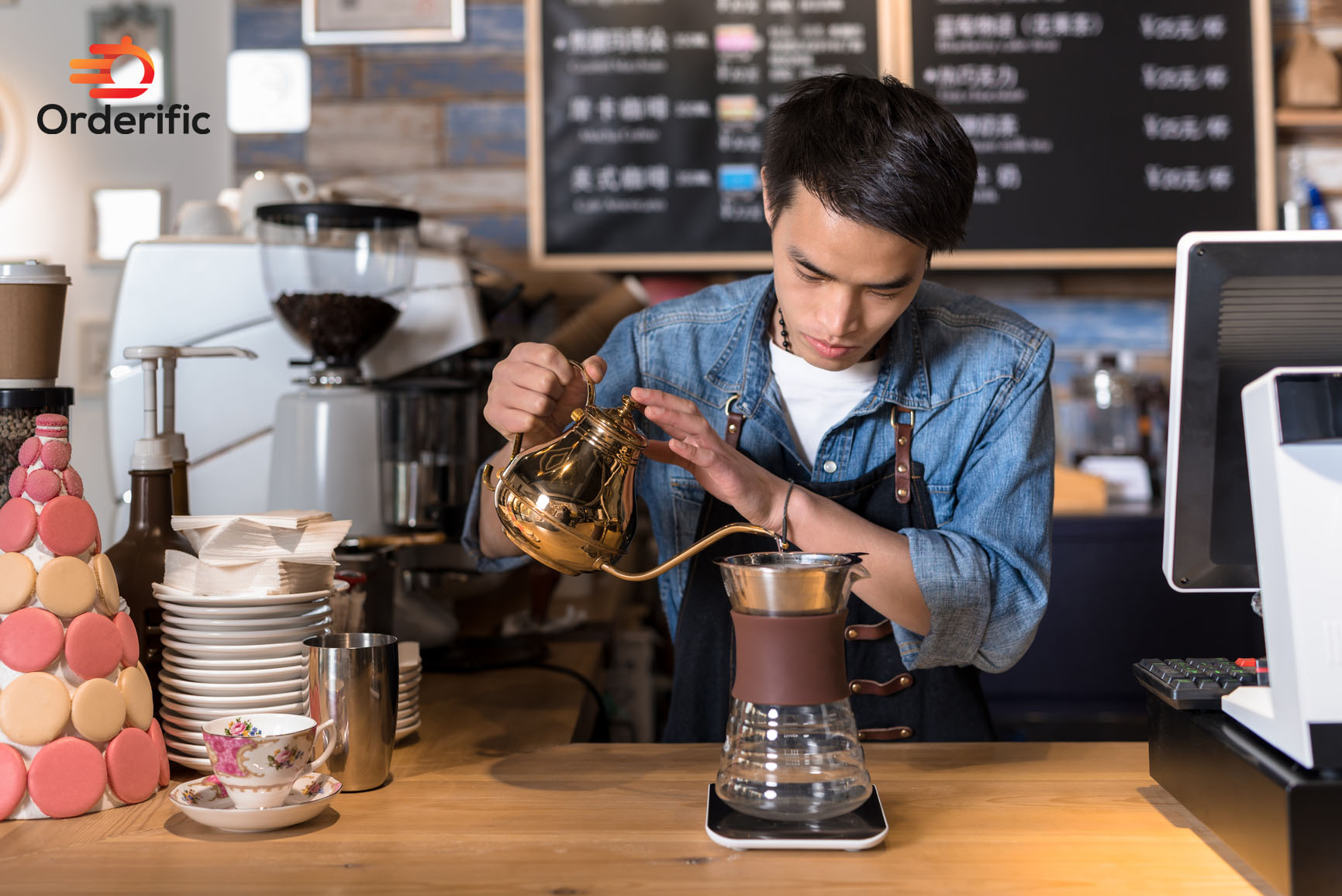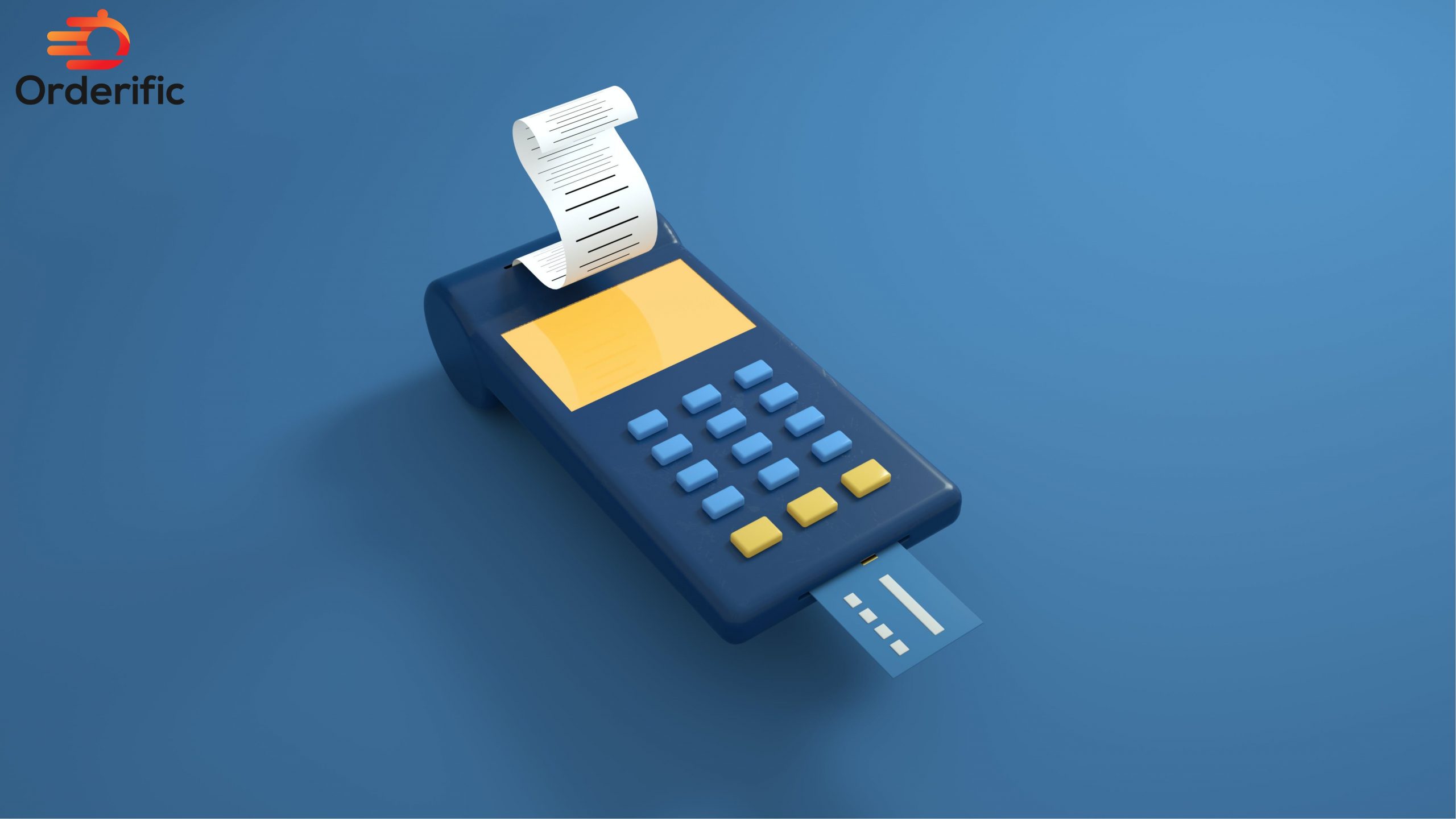Introduction
Welcome to the world of intelligent dining, where mobile apps are revolutionizing the restaurant industry. In today’s fast-paced world, the convenience of online ordering through restaurant apps has become a game-changer. These apps, available on both Google Play Store and Apple App Store, are a boon for customers who crave simplicity and efficiency and for restaurant owners who can streamline their operations and heighten customer engagement.
From Uber Eats to local restaurants, mobile ordering apps impact fast food delivery and high-end dining experiences. Apart from just ordering, these apps are transforming the entire restaurant experience, right from table reservations to providing loyalty programs and mobile payment options. A well-developed app allows customers to navigate menus, read reviews, place orders, and even track their delivery in real-time.
The app development world has made this possible, bringing the restaurant to your fingertips. By leveraging the power of mobile technology, restaurants are preparing food and crafting an enhanced dining experience for their customers. So, buckle up for this culinary journey as we explore the influence of mobile apps in the restaurant industry.
What Is A Restaurant Mobile App?
A restaurant mobile app is a platform developed specifically for the restaurant industry, allowing services such as online ordering, table reservations, and customer engagement programs to be accessed directly from a user’s mobile device. This technological innovation, brought about by mobile app development, has completely revamped how restaurants operate, providing them with a more efficient system for managing orders and interacting with customers.
These apps are widely available on both the Apple App Store and Google Play Store, making them easily accessible to a vast pool of potential customers. Known brands like Uber Eats and numerous independent restaurant apps have set the bar high for mobile ordering, making it possible to have your favorite food at your doorstep with just a few taps on your mobile.
Think of a mobile app as a virtual restaurant that fits your pocket. It allows restaurant owners to attract more customers and ensure a smoother and more efficient operation. With features like mobile payment options, loyalty programs, and real-time order tracking, restaurant apps have transformed the dining experience.
What Are Restaurant Ordering Apps?
Restaurant ordering apps are specialized mobile applications designed to streamline the process of ordering food from restaurants. They’re a cornerstone of the contemporary dining landscape, offering unparalleled convenience to users and turning the tedious task of phone orders into a simple, streamlined process. These apps come equipped with a multitude of features such as customizable menus, secure payment options, and real-time order tracking, all aimed at enhancing the customer’s experience.
Renowned global brands, as well as localized establishments, have adopted these mobile platforms to cater to the evolving needs of their clientele. By integrating the entire ordering process into a single application, customers can browse menus, place orders, and make payments, all at their leisure and without interrupting their day. Furthermore, these apps often offer exclusive discounts and rewards programs, promoting customer loyalty and fostering a stronger relationship between the restaurant and its patrons.
From the business perspective, restaurant ordering apps provide an efficient system to manage a high volume of orders, reducing manual errors and ensuring accurate order delivery. By automating the ordering process, restaurants can focus more on food quality and customer service, thereby enhancing their overall operational efficiency. As we continue to navigate the digital age, these mobile applications will undoubtedly play a pivotal role in shaping the future of the restaurant industry.
Should I Create An App For My Restaurant?
The decision to create an app for your restaurant is a significant one that your business needs and customer demands should drive. Creating an app is highly beneficial in the modern, technology-driven world. It helps streamline operations, facilitates online ordering, provides a platform for effective customer engagement, and offers an opportunity to stand out in a competitive market.
However, app development requires time, money, and effort investment. It’s vital to consider these factors and your restaurant’s size, customer base, and potential return on investment. For larger restaurants or chains, having an app might be a necessity due to the volume of orders and the need for efficient management. On the other hand, for smaller establishments, the cost of development and maintenance might outweigh the benefits.
In such cases, partnering with established food delivery apps may be a more viable option. Nonetheless, whether it’s creating your app or joining a platform, embracing technology in some form has become vital for restaurants to stay relevant and competitive in today’s digital age.
In conclusion, creating an app for your restaurant can be a game-changer, driving growth and customer satisfaction. However, assessing your specific needs and capabilities is crucial before taking the plunge. The key lies in choosing the right strategy that aligns with your business objectives and customer expectations.
How To Create A Mobile App For Your Restaurant
Survey Potential Users
Before embarking on the journey of creating a mobile app for your restaurant, it’s imperative to understand the needs and preferences of your potential users. Conduct surveys or focus group discussions to gather insights into what features they would find most beneficial in a restaurant mobile app. This could include anything from online ordering and payment capabilities to a loyalty rewards program or the option to make reservations. The feedback you gather at this stage is invaluable, as it will guide your app development process, ensuring the final product aligns with the expectations of your customers and enhances their dining experience. Remember, a successful app is one that is user-centric, so make sure your app is designed keeping the customer’s convenience in mind.
Find An Experienced Developer
Having an experienced developer at your side can significantly simplify your restaurant app creation journey. Look for developers with a strong portfolio in mobile app development, specifically in the restaurant industry if possible. An experienced developer can provide you valuable insights into the technical aspects, guide you on the latest trends, help you avoid common pitfalls, and ultimately develop an app that is user-friendly, secure, and effective. When choosing a developer, consider not just their expertise and past work, but also their understanding of your business, your vision, and your customers’ needs. This will ensure that the final product is not just technically sound but also aligns closely with your business objectives.
Ensure The App Is In Line With Your Brand
Your mobile app should reflect your restaurant’s branding and ethos. It should look and feel like an extension of your restaurant, with the same color schemes, logo, and style elements. This brand consistency helps in building a strong identity and makes your app more memorable for users. Integrating high-quality images of your offerings can also enhance your app’s appeal. Furthermore, your app should be easy to navigate, providing a seamless user experience. This means having well-organized menus, clear call-to-action buttons, and intuitive interface design. Lastly, don’t forget to regularly update your app with fresh content, special offers, or new features to keep your users engaged and coming back for more.
The Marketing Tips & Tricks Your Restaurant Needs
Incorporate Essential Features
To ensure the success of your restaurant app, it’s important to incorporate essential features that enhance user experience. This could include online ordering, table reservation, digital menu, customer feedback, loyalty and rewards program, and an option for secure online payment. GPS tracking for delivery orders can also be a significant addition. Remember, the goal is to create a comprehensive dining experience for your customers, right from the comfort of their homes.
Test Your App
Before launching your app, conduct thorough testing to ensure it functions flawlessly. Involve your staff and a select group of customers in the testing phase. Collect feedback and make necessary tweaks to ensure the app is user-friendly, intuitive, and bug-free.
Promote Your App
Once your app is ready, promote it aggressively. Use your restaurant, website, social media platforms, email newsletters, and even your take-away bags to advertise your new app. Offer special promotions or discounts for first-time app users to encourage downloads. Remember, the more your customers use your app, the more data you can collect to understand their behavior and preferences, which can be utilized to further refine your offerings and enhance customer satisfaction.
Integrate It With Your Existing Setup
Integrating your mobile app with your existing setup is a crucial step in the app development process. A well-integrated app can streamline operations, improve communication, and provide valuable insights into customer behavior. It should work seamlessly with your restaurant’s POS system, allowing for real-time updates on orders, inventory, and customer information. Additionally, integration with your customer relationship management (CRM) system can aid in personalizing communication with customers, thereby enhancing their overall dining experience. In short, an integrated app not only makes operations more efficient but also provides a unified platform to manage and grow your restaurant business.
Track Your ROI
After launching your restaurant app, it’s critical to track your Return on Investment (ROI). Keeping a close eye on key metrics like app downloads, active users, customer engagement, order frequency, and average order value can provide valuable insights into your app’s performance and profitability. Use this data to identify areas of improvement and make informed decisions to enhance the user experience. This could include introducing new features, optimizing existing ones, or tweaking your marketing strategy. Remember, the ultimate goal is to use your app as a tool to drive customer satisfaction and grow your business. In the ever-evolving world of restaurant operations, staying adaptable and customer-centric is the key to survival and success.
Conclusion
In the evolving landscape of the restaurant industry, mobile apps have proven to be a game-changer, offering unparalleled convenience to customers while streamlining operations for restaurant owners. From facilitating online ordering and payments to offering loyalty rewards and real-time order tracking, these apps have revolutionized the dining experience. However, developing an effective and user-friendly restaurant app requires careful planning, a customer-centric approach, and continuous performance tracking. Whether you’re a well-established restaurant chain or a small local eatery, embracing app technology can significantly enhance your business operations and customer satisfaction. Ready to get started with your own restaurant app development? Orderific is here to help. Book a demo with us today and take the first step towards transforming your restaurant’s digital presence.
FAQs
What are restaurant mobile apps?
Restaurant mobile apps are applications designed to streamline the process of ordering food from restaurants.
How do restaurant mobile apps enhance the dining experience?
Restaurant mobile apps enhance the dining experience by providing conveniences like online ordering, real-time order tracking, and easy payments.
Are restaurant mobile apps available for all types of cuisine?
Yes, restaurant mobile apps cater to all types of cuisine.
Can I make reservations through a restaurant’s mobile app?
Yes, many restaurant apps offer reservation functionality.
Do restaurant mobile apps offer special discounts or loyalty programs?
Yes, many restaurant mobile apps offer special discounts and loyalty programs.













